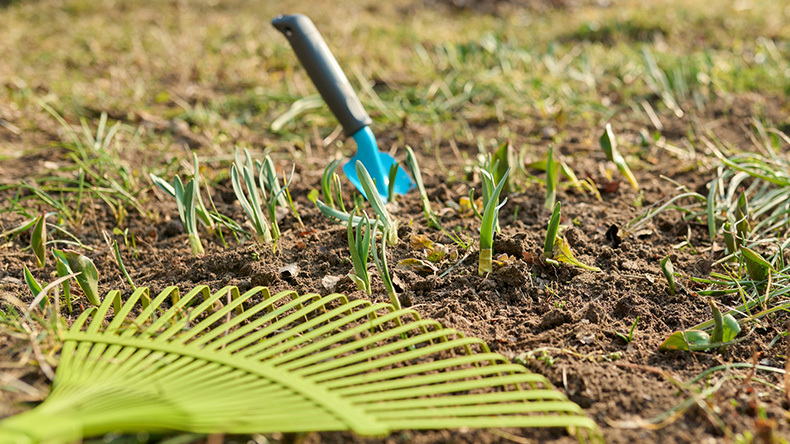Water bills are set to rise by 21% over the next five years, which is another blow to deal with as we continue to navigate a cost of living crisis.
To help, we have gathered ten ways in which you can reuse and recycle your household water (also known as grey water) which not only makes a difference environmentally, but also helps to save money.
1. Add Leftover Rice Water to Your Hair Routine to Promote Growth
Rinsing your hair with rice water has gone viral on social media for promoting hair growth. 506.4M people have watched TikTok videos tagged with ‘#ricewater’.
Nancy Emery, bathroom expert at Drench.co.uk said,
“Rice water has many benefits to your hair such as improving its elasticity and texture, as well as promoting hair growth. After boiling rice, it’s recommended to let the remaining water ferment for 12-24 hours at room temperature before use.”
2. Pop the Shower Handset in a Bowl Whilst the Water is Warming Before a Shower
Many will wait 15-30 seconds before getting in the shower to ensure they’re stepping into warm water. The average shower uses 2.5 gallons (11L) of water a minute. So store yourself 3-6 litres of water next time you wait, by placing the shower handset in a bucket or large bowl you can then reuse this water to clean your dishes.
3. Dishwater is Great for Your Lawn
Washing up liquid will not cause any issues, in fact, it helps to “thin” down the water, enabling it to get through areas of compacted soil.

4. Recycle the Vitamin-Packed Water You Boil Vegetables in
Boiling vegetables causes water-soluble vitamins like vitamin C, B1 and folate to leach into the water. Adding this water into a soup, or to gravy if you're cooking a roast, is a great way to ensure you are consuming and benefiting from all these wonderful vitamins. Or why not consider sharing some of this with your plants?
Evie Lane, Gardening Expert at Primrose said,
“Using cooking water from washing or boiling vegetables, pasta or rice can act as a plant fertiliser. Feeding your plants cooking water is a great way to provide your plants with well-needed nutrition and is less time consuming than developing a compost pile.
“When washing or boiling food, many micronutrients like nitrogen and calcium are absorbed into the water which can then be absorbed by your houseplants. It’s important to wait until your cooking water has cooled and avoid any that is heavily salted, or you risk doing more harm than good to your plants."
5. Create a Pasta Sauce with Your Pasta Water
Cooking pasta? Instead of straining the water you used to cook the pasta down the sink, consider making your pasta sauce with this water.
6. Reuse Your Bath Water to Wash Your Rugs
This TikTok trend encourages people to submerge their rugs in mild soapy water.
Nancy says: “A full bath uses up to 80 litres of water, so reusing the water in your relaxing bath is a great way to save. Simply place your rug in the lukewarm bathwater, add a few caps of some mild laundry detergent and leave to soak for 4 hours. It isn’t necessary to fill the tub up again to rinse the rug, simply drain the water and then squeeze the rug before leaving to dry.”
7. Place a Bucket Behind You in the Shower to Collect Water for Cleaning
A daily shower is one of the biggest usages of water for an individual, which is why it’s an excellent place to start saving. Consider collecting some of the shower water to then clean your house with. Simply add a splash of all-purpose cleaner to your bucket of shower water and you are good to go.
Nancy adds:
“One of the easiest ways you can do this is with a water-saving shower head. They can help reduce your water consumption by up to 50% by either regulating the flow of water through the shower head, or adding air to the water. Both of these will allow you to have a great shower whilst using less water.”
8. Dehumidifier Water can be Reused on Plants
Many people place dehumidifiers in the corners of rooms to absorb moisture in the air which prevents mould growth. Water is collected in the bottom of these tubs. This form of greywater can be useful for watering indoor and outdoor plants if the air inside your home is clean, as it's similar to using rainwater.
9. Collect Rainwater to Water Plants in the Summer
Rainwater is better than tap water for watering your plants because it is free from minerals, salts, and is naturally soft. One of the easiest and most effective ways of harvesting rainwater is with rain barrels. Simply place barrels or water tanks below the downspouts of your gutter system.
We recommend shovelling snow into one of these if you’re hit with extreme weather conditions in the winter too.
10. A Condenser or Heat Pump Dryer Collects Water - Reuse this for Watering Plants
A condenser or heat pump dryer collects and stores condensed water when drying your clothes. This is stored in a container under the machine, and you will need to empty this regularly. You can reuse this to water the plants!







